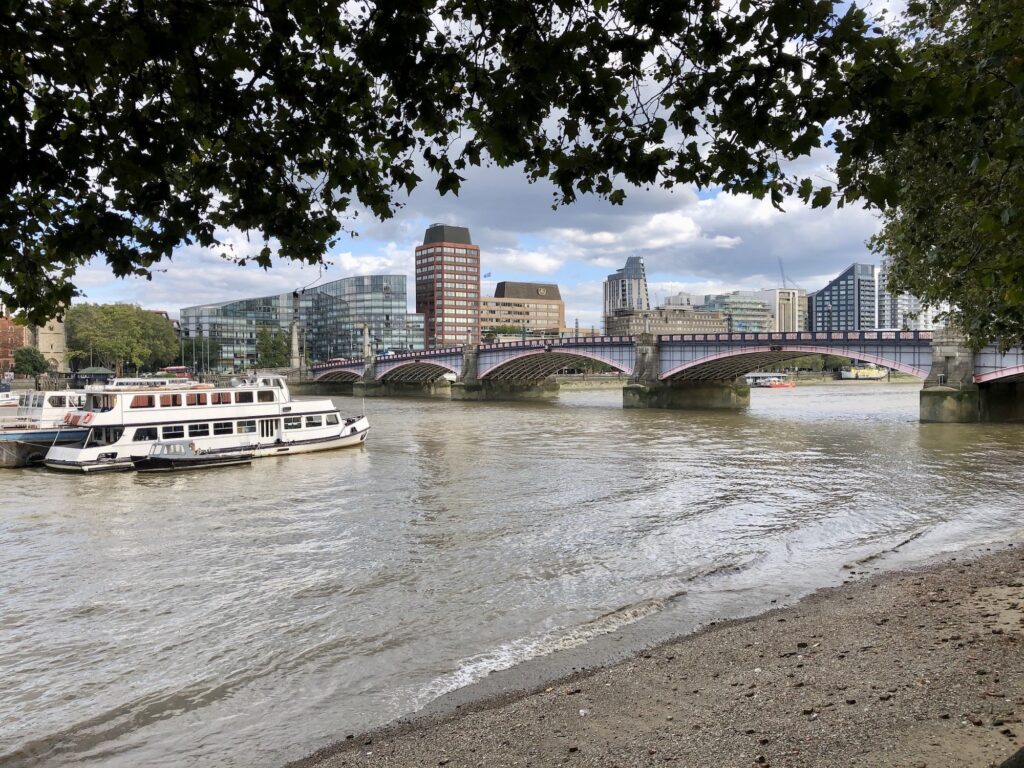
So often, walking along the banks of the Thames we take in the overall scene, then the obvious landmarks such as buildings, boats, or monuments but Tristan Gooley can guide us to a less assertive feature: an appreciation of the ever-changing surface of the river. And his book How to Read Water, inspired me to take a closer look at the Thames during regular walks. No plagiarism! Nothing clever here. Just hommage to an engaging author, who knows his subject. The pictures below include some of the variations that I observed, and in looking more carefully, the river began to assume another dimension.
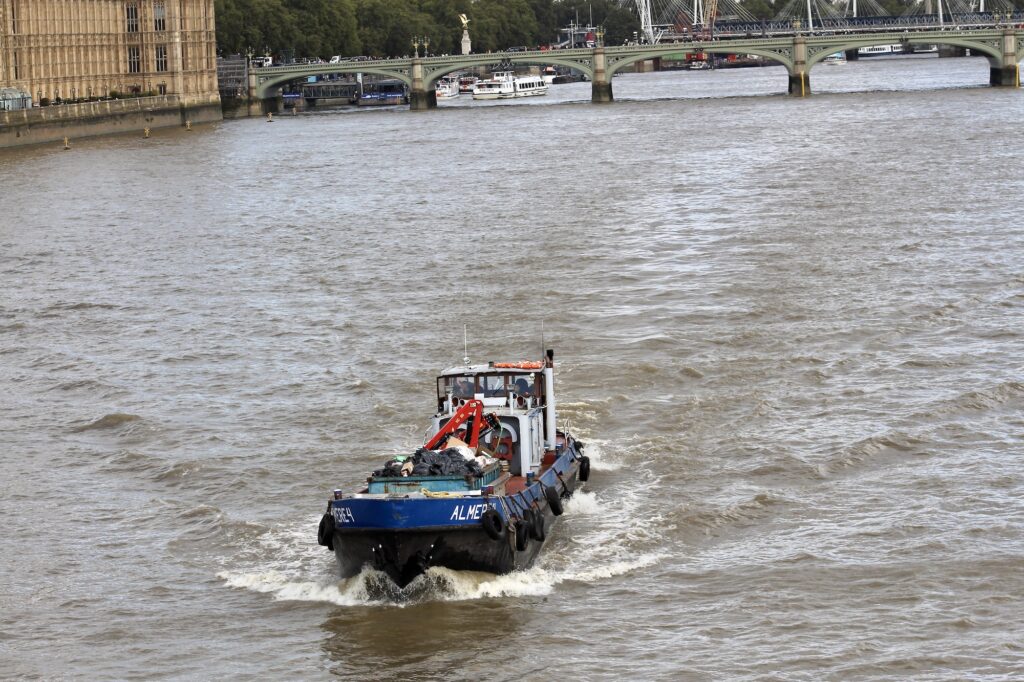
Almere 4, a general purpose waste barge, is usually my focus of interest if she’s passing by but in this case the way the wash she leaves fanning out right across the river catches my attention.
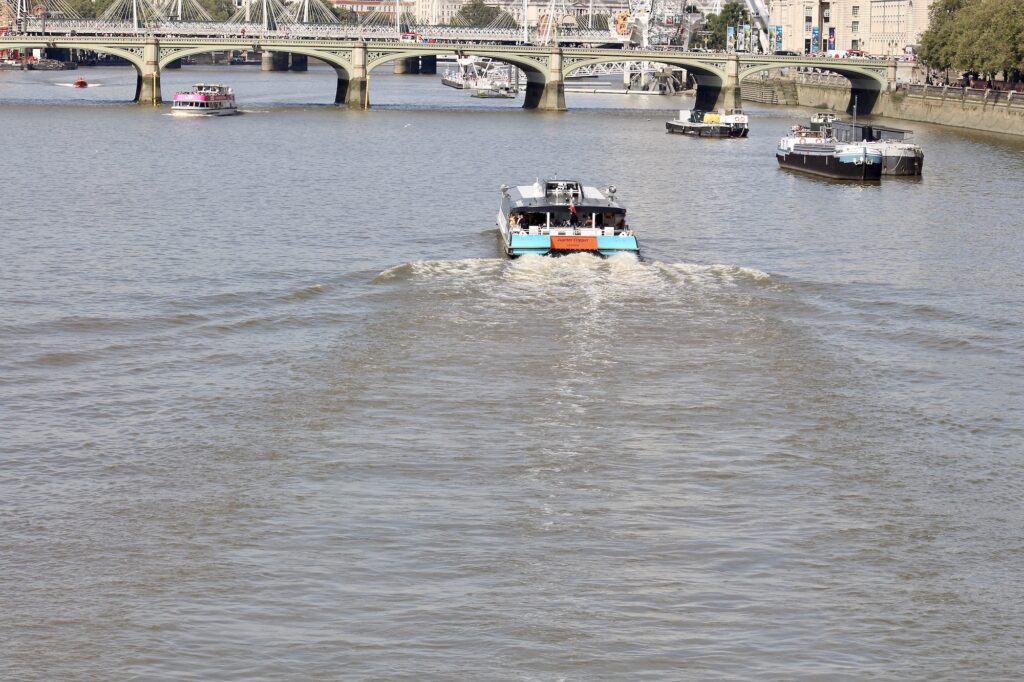

The Thames tidal currents are strong, particularly in mid tide when the flow is at its fastest and if you look carefully, tidal waves can be distinguished from the wash waves of passing boats.
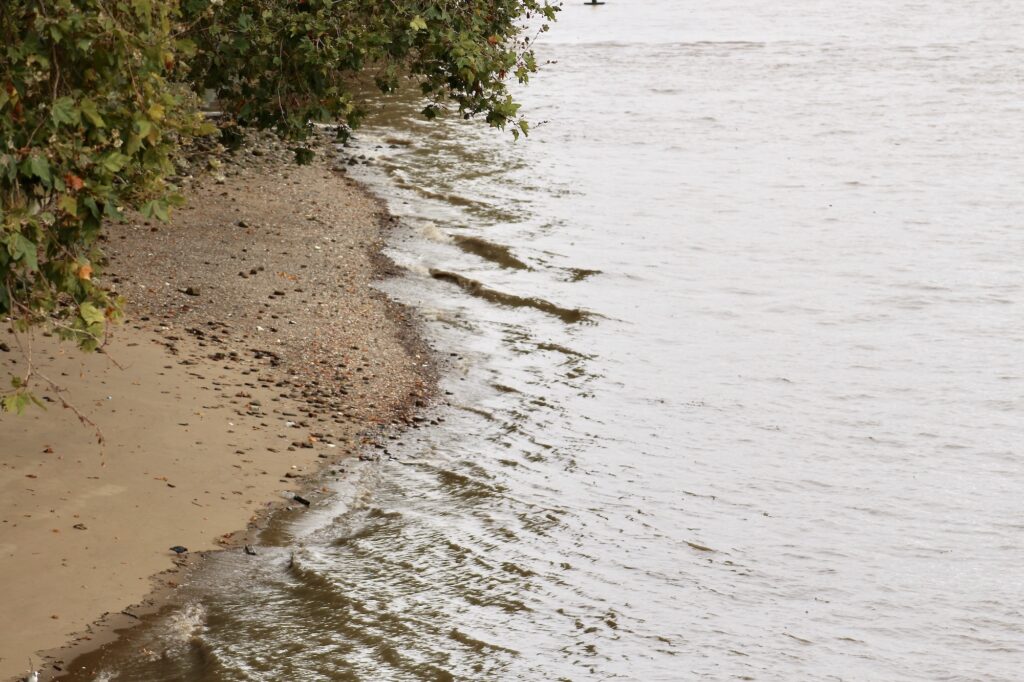
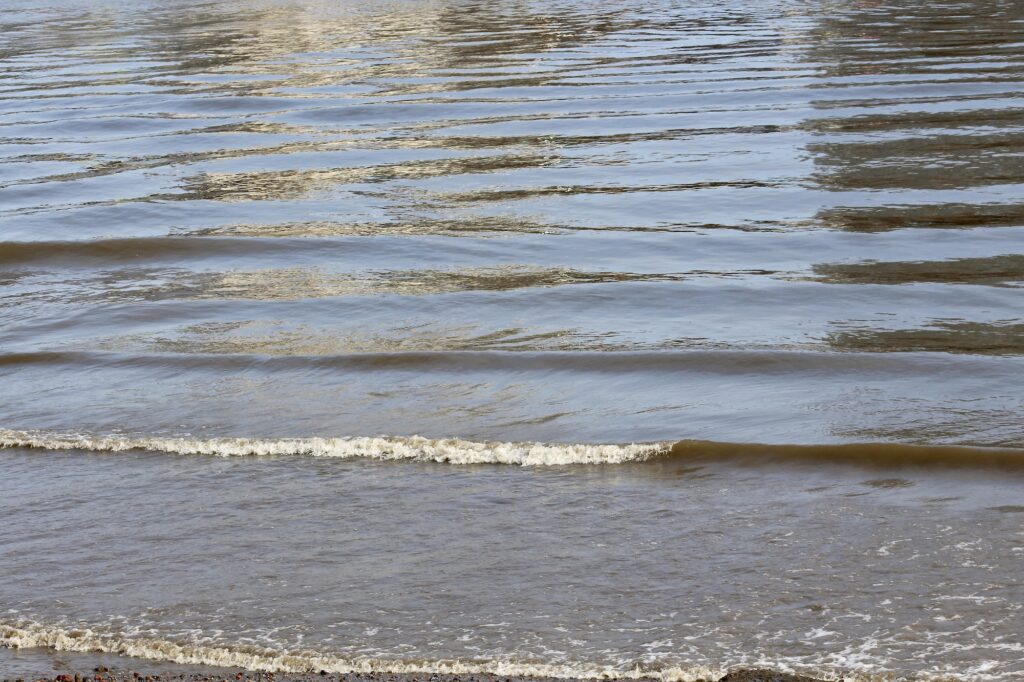
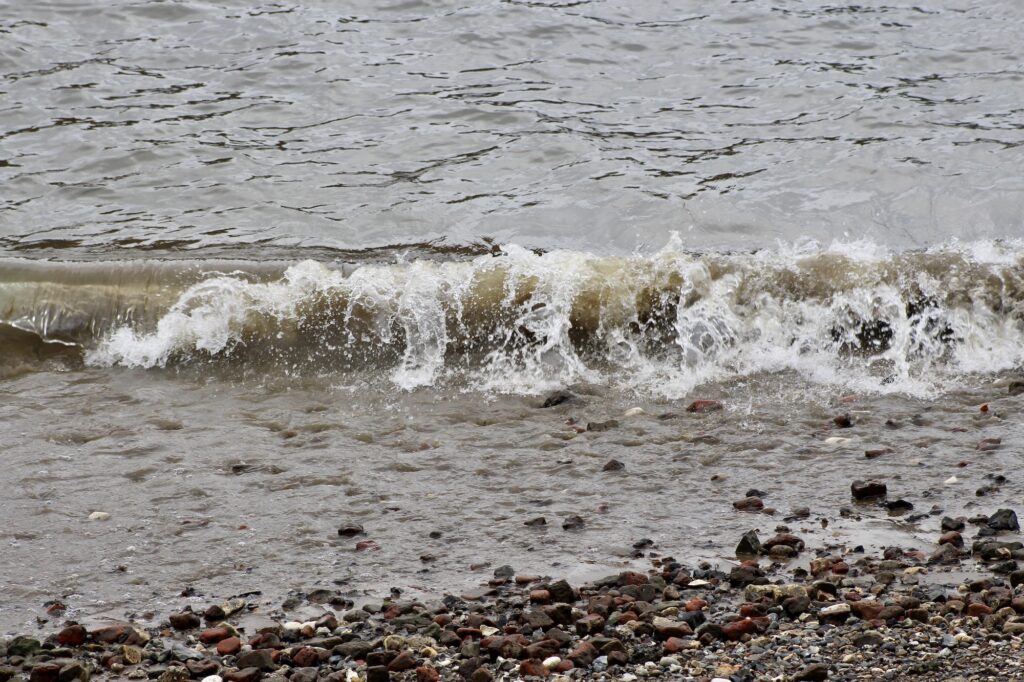
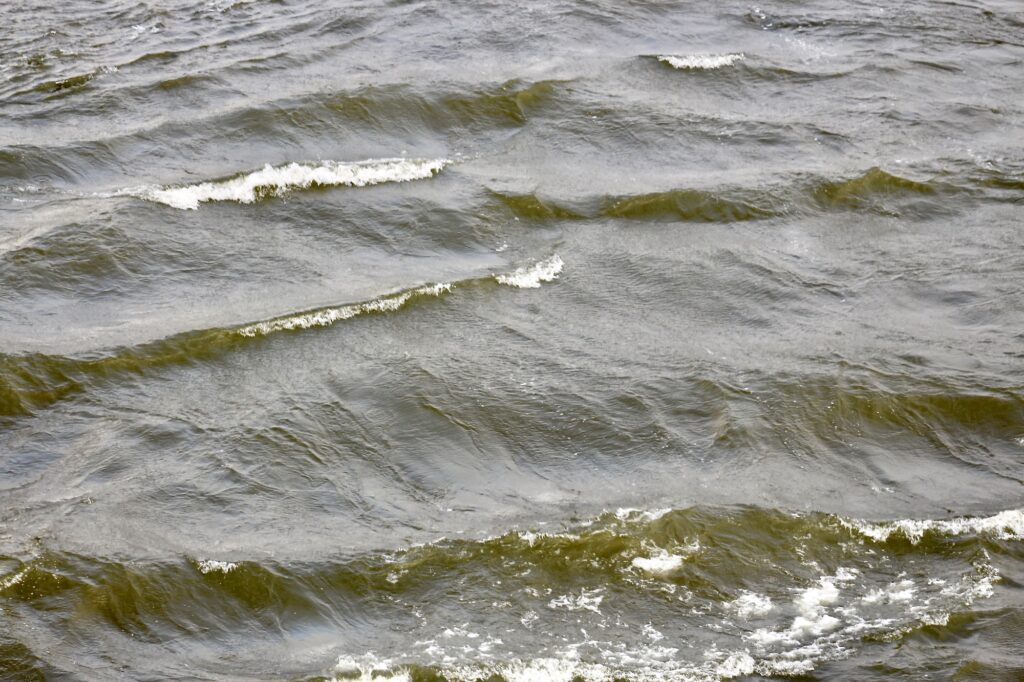
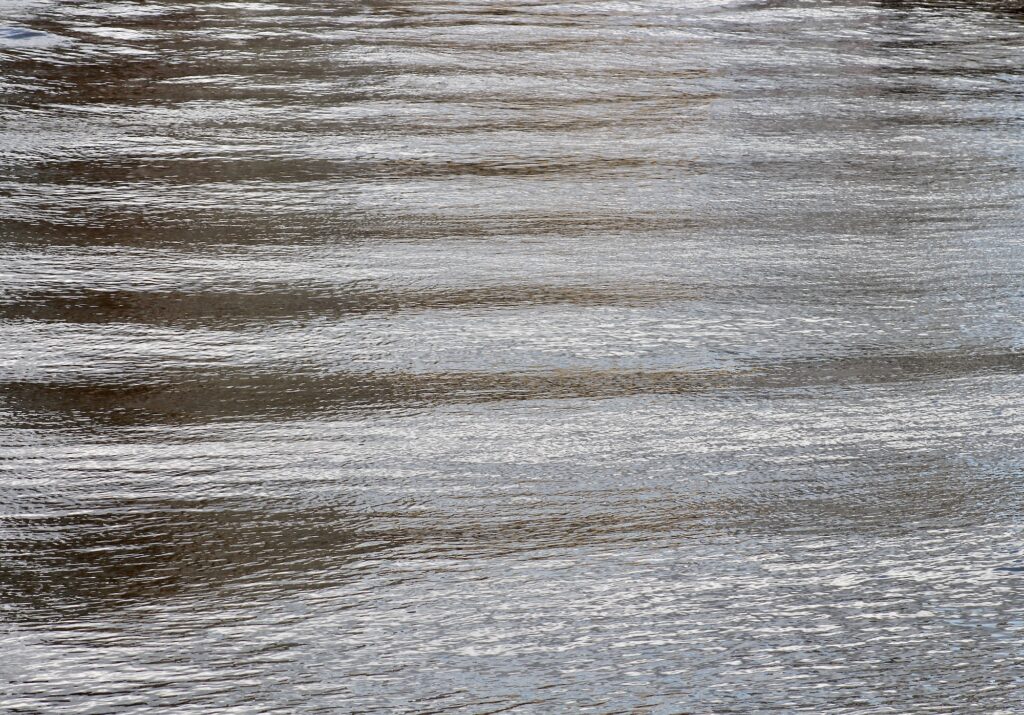
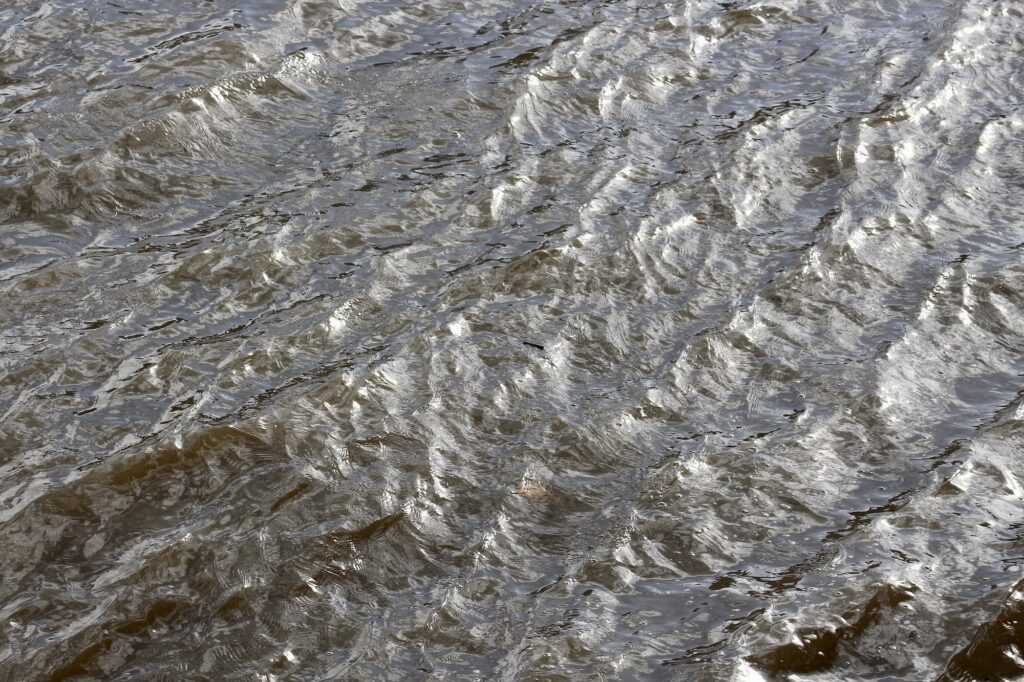
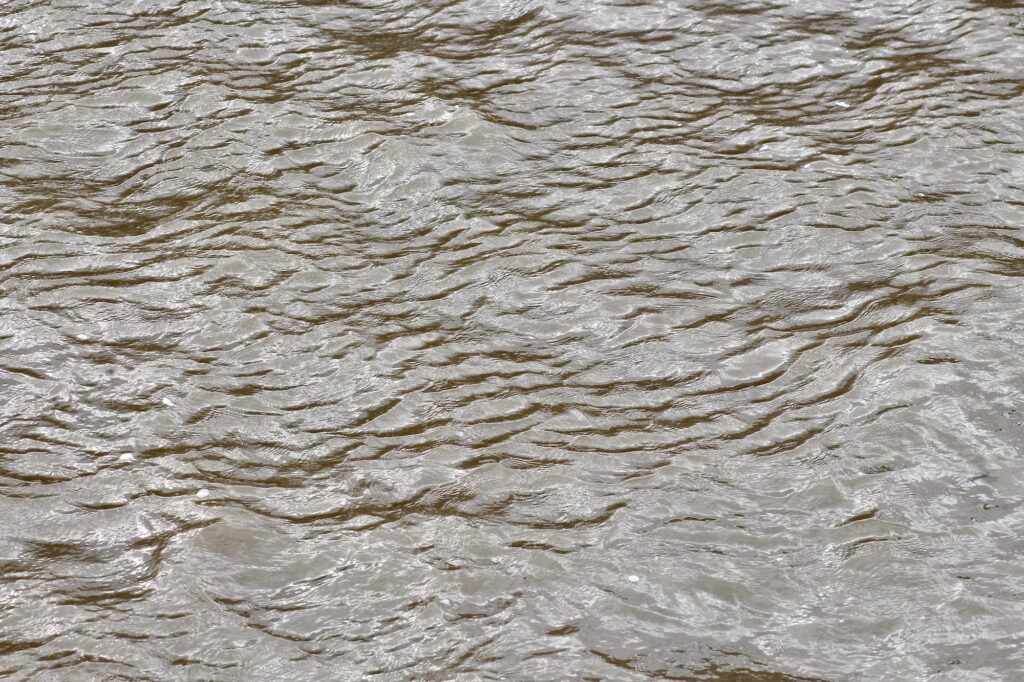
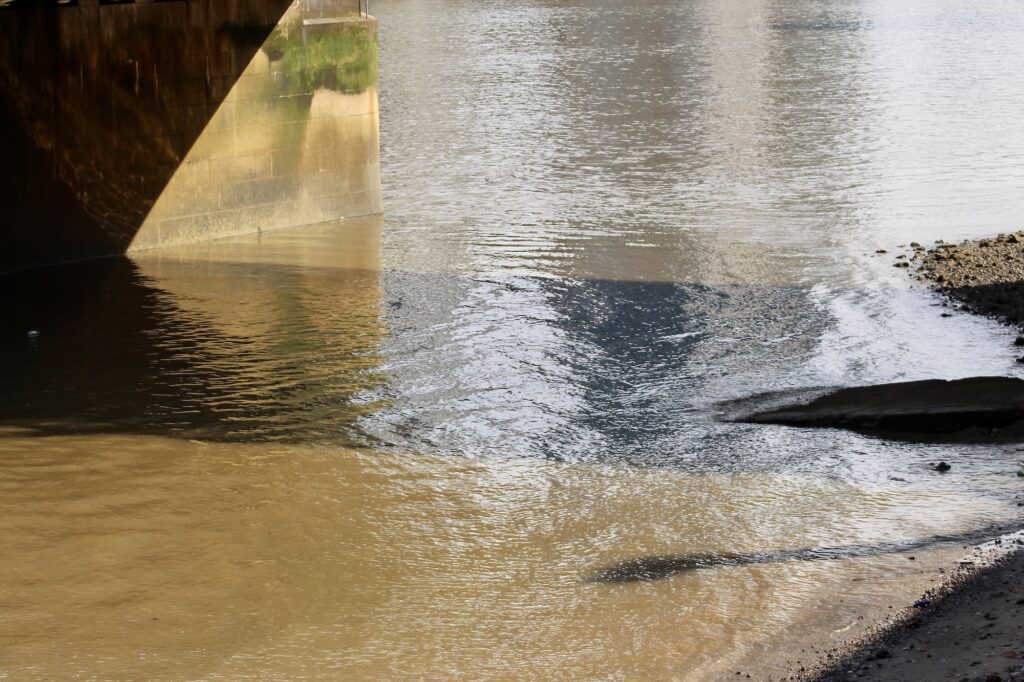
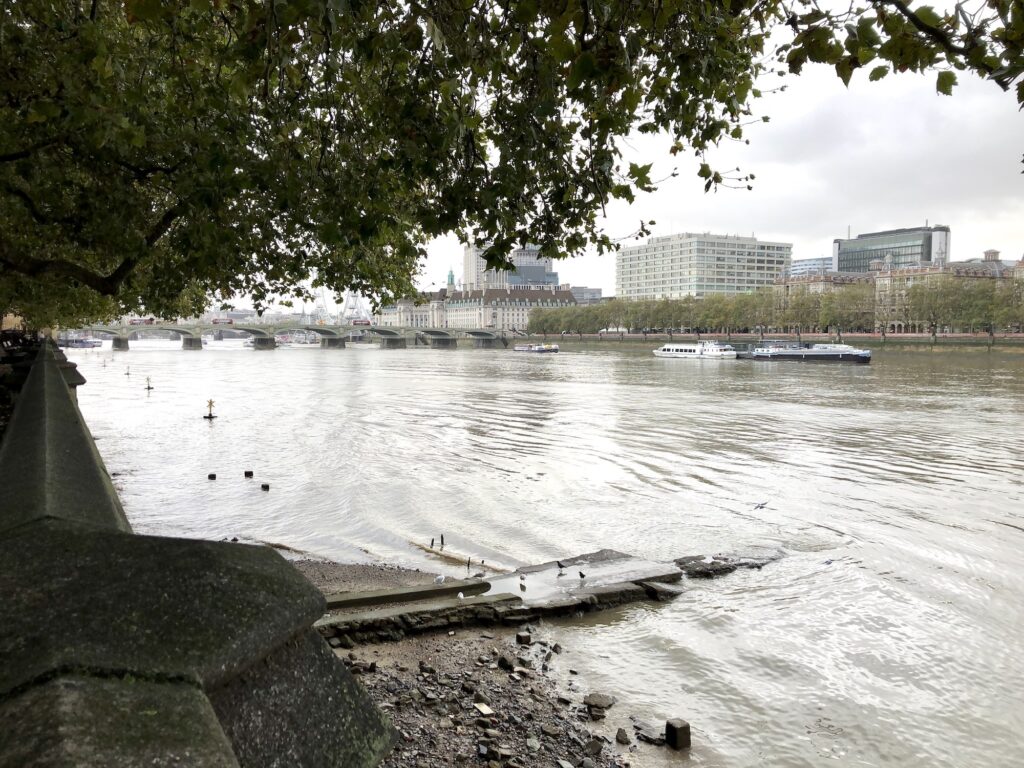
In his history of Victoria Tower Gardens, Dorian Gerhold published an image of the 1872 Ordnance Survey Map which marks the position of the several wharves and jetties for factories, workshops and warehouses that existed at the time. The remains of one of them, as illustrated in the photograph above, and marked on the Port of London’s Hydrographic Survey, July 2015, have an interesting effect on the river as the tides ebb and flow around and above the structure.
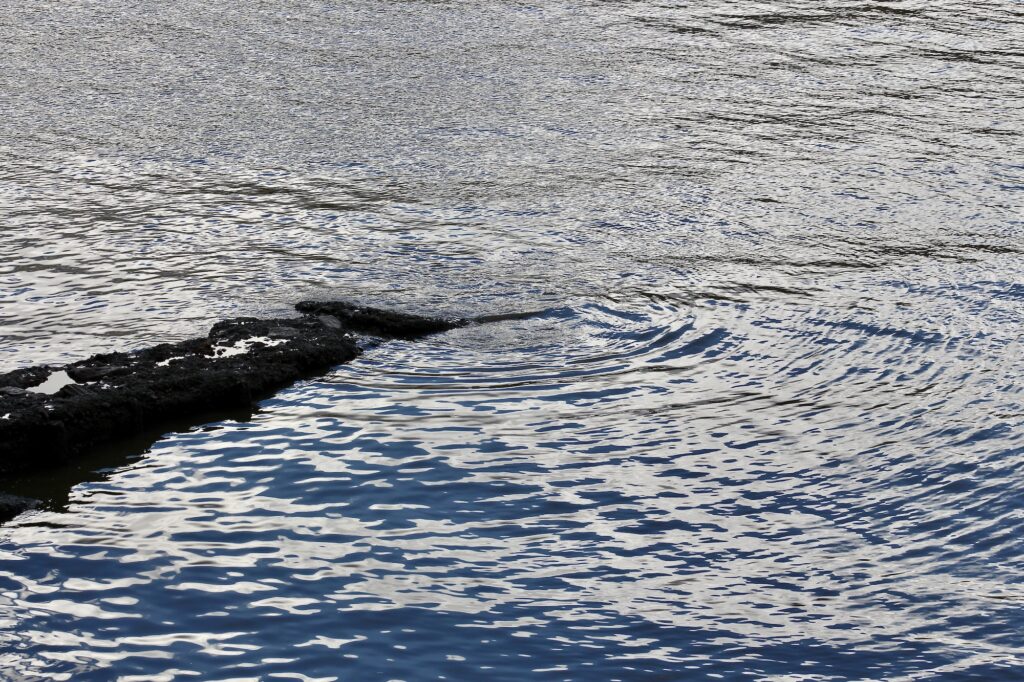
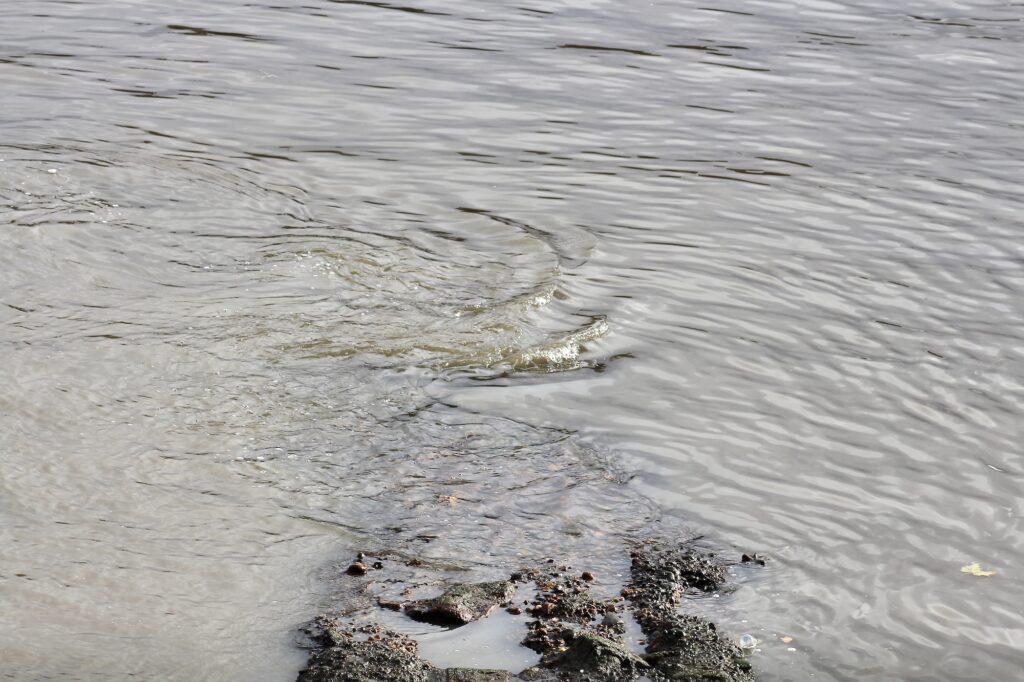
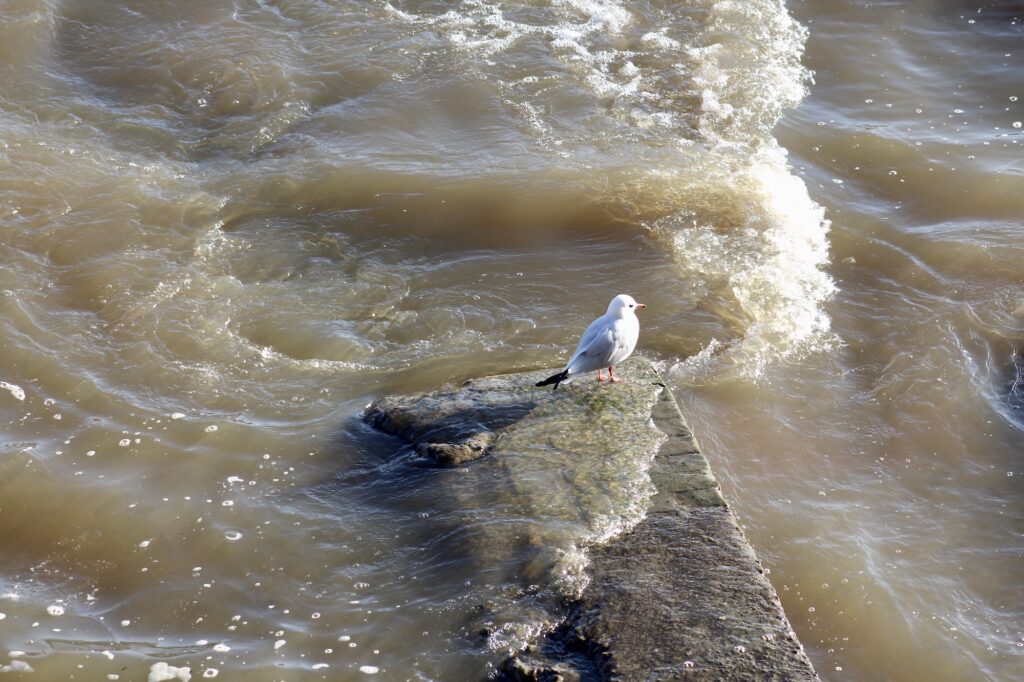
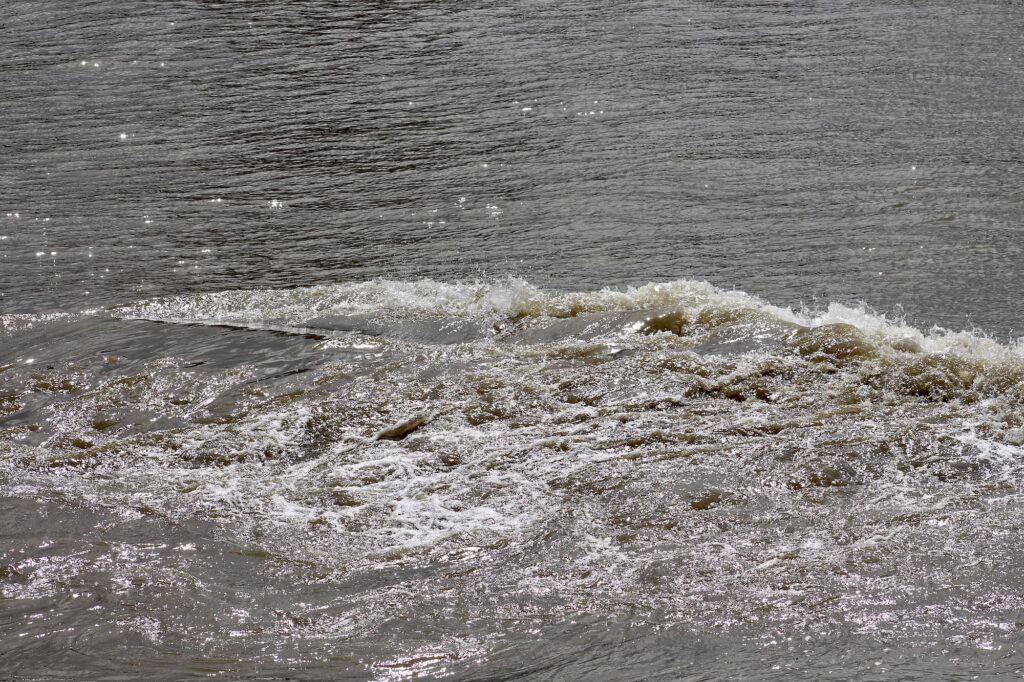
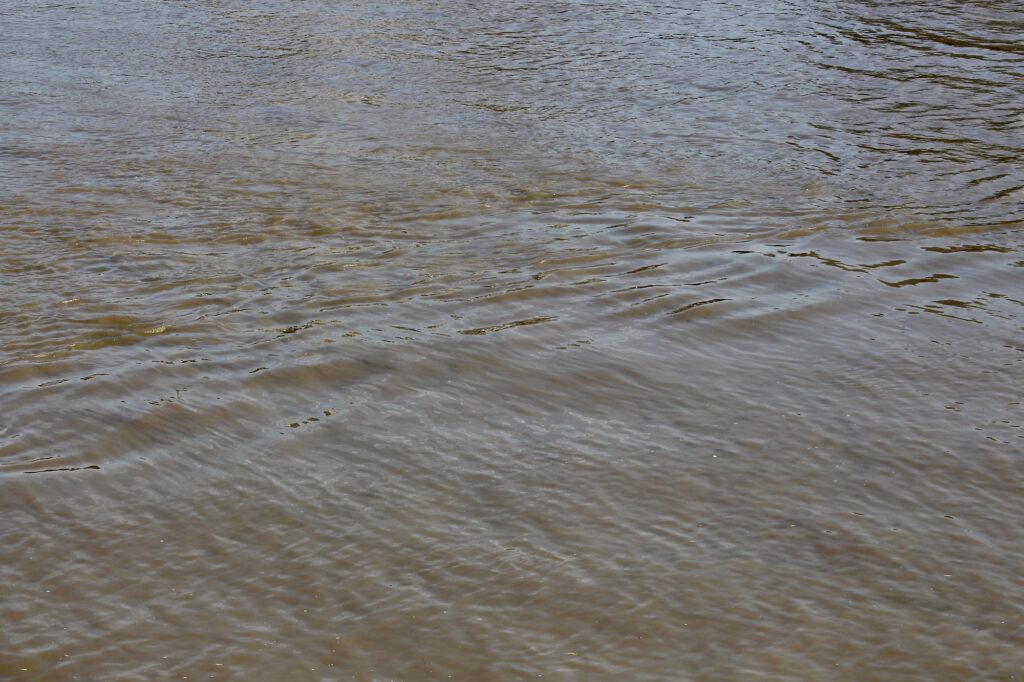
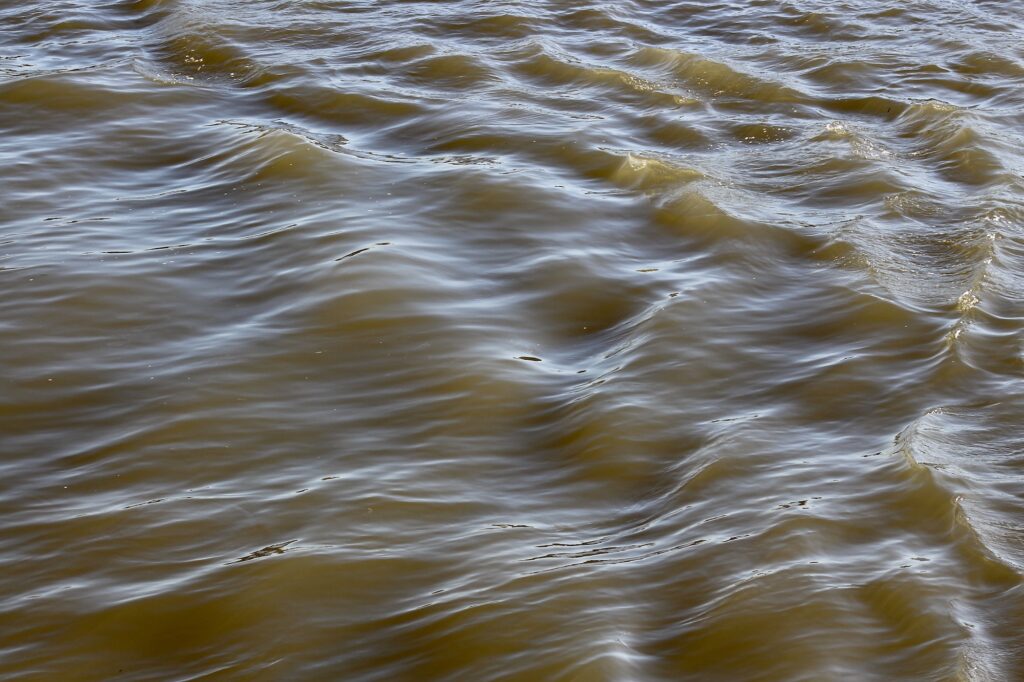
From rough to silky smooth, watching the infinitely changing surface textures of the waves can be a way of escaping for a few moments from the troubles of the world.


Further Information
Gerhold, Dorian: Victoria Tower Gardens, The prehistory, creation and planned destruction of a London park, London 2020
Gooley, Tristan: How to Read Water, London 2016
See Tristan Gooley, The Natural Navigator
Port of London Hydrographic Surveys
Wandle News Excellent article explaining why the Thames looks brown.